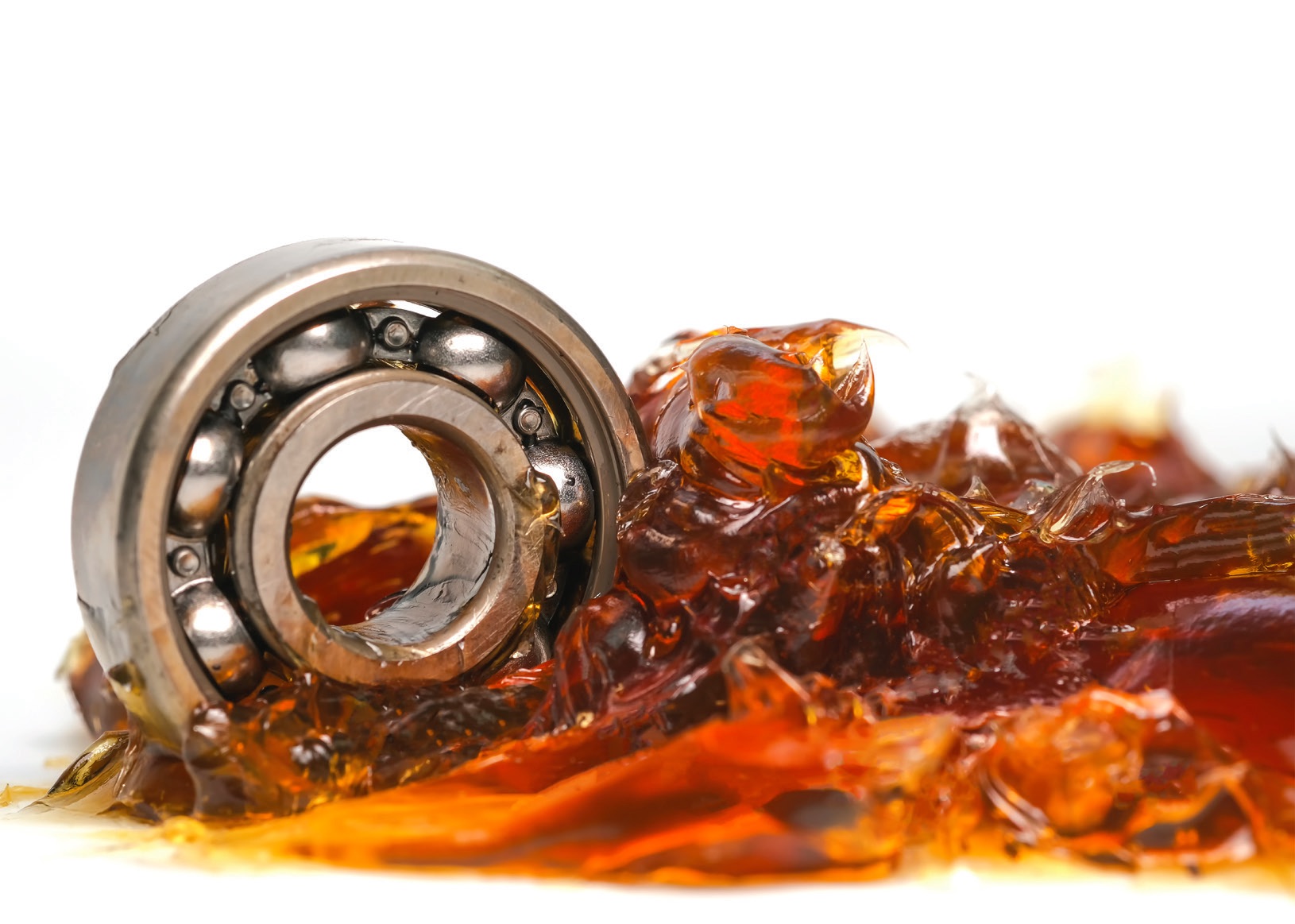The exodus of Paris' chefs to the countryside

Many top culinary experts are forsaking the French capital for greener fields, where they can have a hand in picking, however in developing their fixings.
It
started before the pandemic: a mass migration of culinary specialists leaving
Paris for the French open country.
James
Henry's 2017 flight was maybe the most plugged. The Australian cook, who
originally soar to notoriety at little plates trailblazers Au Passage and the
previous Bones, passed on the Parisian cityscape to work close by culinary
specialist Shaun Kelly (ex-Au Passage) on a meaningful venture: opening an
eatery and hotel in the humble community of Saint-Vain 30km south of Paris.
Read
more https://www.elephantjournal.com/profile/sean-abott/
The
outcome - Le Doyenne - is set to make a big appearance in the not-so-distant
future. Furthermore, as the pair plant their plantation and remodel the
nineteenth Century nursery and pens, they've additionally been providing a
portion of Paris' top eateries with produce from their three-section of the land
vegetable nursery.
However,
Henry and Kelly are a long way from the main cooks getting out of Paris lately.
Read
more https://list.ly/jone-carter/lists
"I
think it began before Covid, yet it was tactful," said Daniela Lavandins,
proprietor of Le Saint-Sébastien eatery in Paris' popular eleventh
arrondissement. "There was at that point a blast of individuals purchasing
farm houses before Covid. In any case, everything was duplicated with the
pandemic."
Read
more https://www.mindmeister.com/users/channel/83437950
Indeed:
cook Sven Chartier of the previous Michelin-featured Saturn left the capital in
late 2020 for the field of the Perche district, 150km west of Paris; his new
néo-Bistrot, Loiseau, opened in October 2021 flaunting a menu overflowing with
neighborhood produce.
Read
more https://www.spreaker.com/user/16481073
In
2018, previous gem retailer proprietor Mickael Chabot and her significant
other, gourmet specialist Louis-Philippe Riel (ex-Le 6 Paul Bert), wandered
much further abroad to the Italian line for another home by the slants. They
found the house that would turn into their Auberge de la Roche in the town of Talebore
(whose Alpine ski resort La Coalmine flaunts the longest zip line in France)
and sent off the venture in a joint effort with gourmet expert Alexis Bijou,
previously of Paris' Garance.
Read
more https://letterboxd.com/Elissajevis/
Taking
advantage of neighborhood terroir is at the core of Auberge de la Roche
(Credit: Emily Monaco)
Taking
advantage of nearby terroir is at the core of Auberge de la Roche (Credit:
Emily Monaco)
"We
fell head over heels for the view," said Chabot. "It's practically
similar to being in no place."
The lion's share of gourmet specialists leaving the capital for greener fields is, to a limited extent, an impression of a consistently developing interest in locavores. Notwithstanding a couple of irregularities -, for example, mushrooms filled in the Catacombs and wine created in a modest bunch of recreational areas - Paris has for quite some time been known for changing fixings, as opposed to delivering them.

Yet, in ongoing many years, numerous Parisian gourmet experts
had been giving extensively less consideration to where those fixings were
coming from.
Read
more https://www.kickstarter.com/profile/1602536300/about
Ranchers'
business sectors selling neighborhood produce are slim on the ground in Paris,
with the vast majority of the city's marches really hawking produce from Spain,
Italy, and Portugal via wholesalers. The focal Les Helles market, a pillar of
Paris since the Middle Ages, migrated to the remote city of Rungius (close to Orlay
Airport) in 1969 and today possesses 4.2 sq km and flaunts the biggest turnover
of any discount market all over the planet.
Read
more https://jdvk90xzb60.typeform.com/to/oltsasSt
Fred
Pouillon, the proprietor of Parisian cooking school Le Foodist, causes to
notice this disparity on voyages through neighborhood markets with his American
clients.
Outline
of Les Helles, Paris' focal new food market by Max Bartholin - 1811-1877
(Credit: De Luan/Almay)
Representation
of Les Helles, Paris' focal new food market by Max Bartholin - 1811-1877
(Credit: De Luan/Almay)
Read
more https://vimeo.com/showcase/9349228
"I
ask them, just taking a gander at the produce, 'what is the contrast between
what you see here and an outside market back home?'," he said. "And
afterward I lead them on until the 'hint' is given - bananas! We don't develop
bananas around Paris! Or on the other hand mangoes, or melons or anything you
see here so far as that is concerned. In America, an outdoors market is ordinarily a ranchers' market. This is certainly not a ranchers' market - this
is a merchants' market."
Read
more https://audiomack.com/henrry-49
While
this distinction might appear to be astonishing, particularly given France's
commended connection to its terroir, as per French culinary writer Emmanuel
Rubin, it's simply the last move toward a long and complex devolution.
The
quick monetary improvement France went through during the 1950s and '60s - a
period known as the Tarente Gloriousness - had, Rubin, states, an enduring
impact on the nation's urban communities, prominently concerning the appearance
of stores on the edges of town focuses that harmed the accessibility of little
shops inside. This, Rubin said, "changed French and metropolitan feasting
propensities in an enduring manner", transmitting from the home into the
café business.
Read
more https://www.openstreetmap.org/user/alexmark12
The
monumental gastronomic family of Paris' strong specialized weapons store made
it simple for Parisian eateries to drift on their notorieties alone
Maybe
considerably more fundamental for Paris' distinction with the nearby scene is
its way of cooking. The monumental gastronomic family of Paris' vigorous
specialized munitions stockpile (rather than the fixing-driven outlook that
oversees, for example, Italian food) made it simple for Parisian eateries to
drift on their notorieties alone.
Moreover,
cafés serving efficiently manufactured feasts in France turned out to be
predominant to the point that in 2014, the public authority supported a name to
confirm that the dishes being served were really being made in-house.




.webp)




Leave a Comment